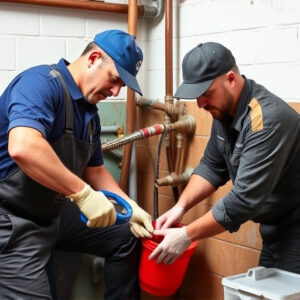Installing systems in Wodonga requires careful consideration due to unique environmental standards, diverse terrain, and regional construction norms. Strict local regulations demand robust, flexible, and compliant installations. A systematic approach involving planning, security checks, proper execution, and post-install configuration can mitigate challenges. Regular maintenance through cleaning, inspections, and detailed records is crucial for longevity and enhanced user experience in this specific Wodonga environment.
Looking to install a Wodonga system? This comprehensive guide is your perfect companion. We’ll walk you through understanding Wodonga’s specific installation requirements, offer a detailed step-by-step process for a seamless setup, and address common challenges you might face. Additionally, we provide essential post-installation maintenance tips and best practices to ensure your Wodonga system operates at peak efficiency.
- Understanding Wodonga Installation Requirements
- Step-by-Step Guide for a Smooth Installation Process
- Common Challenges and How to Overcome Them
- Post-Installation Maintenance Tips and Best Practices
Understanding Wodonga Installation Requirements
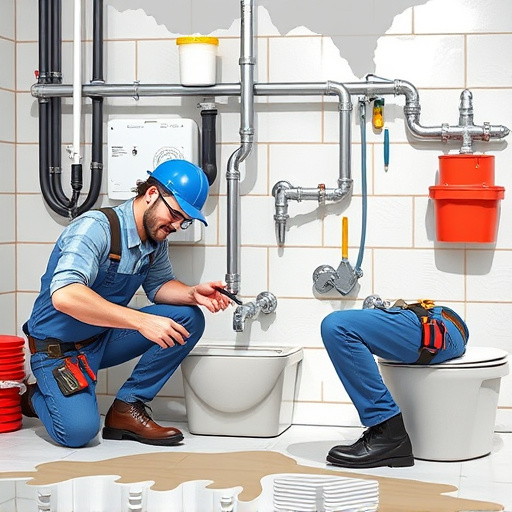
Wodonga, with its unique installation requirements, offers a set of considerations distinct from standard setup processes. To successfully install any system or equipment in Wodonga, understanding local factors is key. These include compliance with specific environmental standards, accommodation of diverse terrain, and adherence to regional construction norms.
The region’s climate, for instance, demands installations be robust enough to withstand extreme temperatures. Moreover, the varied landscape presents challenges regarding access and positioning, necessitating flexible and adaptable installation methods. Local regulations and building codes must also be rigorously followed to ensure safety and structural integrity. By addressing these Wodonga-specific requirements upfront, users can guarantee their installations are not just functional but also aligned with regional standards.
Step-by-Step Guide for a Smooth Installation Process
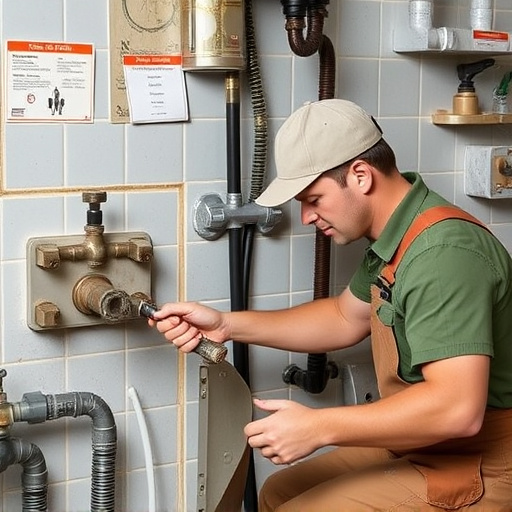
Installing a new system or software can be a daunting task, but with a well-structured approach, it can become a seamless experience for residents in Wodonga. Here’s a step-by-step guide to ensure a smooth installation process:
1. Preparation: Begin by gathering all necessary materials and ensuring your device meets the system requirements. Create a backup of important data as a precaution. This is especially crucial when installing new operating systems or applications that may have significant system impacts. In Wodonga, with its diverse tech needs, being prepared can save time and potential headaches later.
2. Download and Verify: Download the installer from a trusted source, ideally the official website. Double-check the downloaded file’s integrity using hash values or antivirus software to ensure it’s free from malicious code. This step is vital for maintaining the security and stability of your system, especially in a connected city like Wodonga where cyber threats are ever-present.
3. Execute Installation: Run the installer with administrative privileges when prompted. Follow on-screen instructions carefully, accepting or configuring any settings as needed. For complex installations, take notes or screenshot important stages for future reference.
4. Post-Installation Configuration: After completion, some software may require additional setup. This could include account creation, preference settings, and connectivity options tailored to your local environment in Wodonga.
Common Challenges and How to Overcome Them
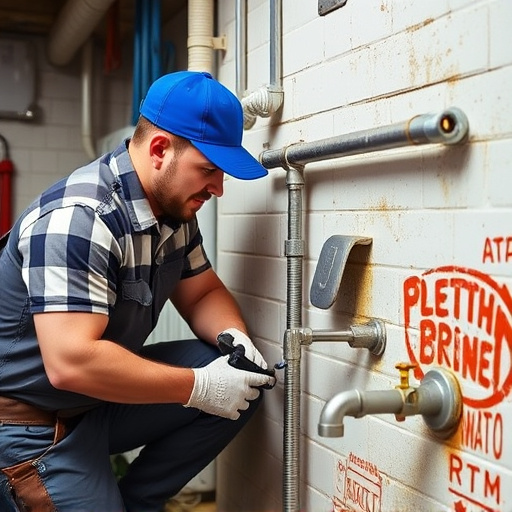
In Wodonga, as with any installation process, there are common challenges that residents often face. One of the primary hurdles is navigating through complex and intricate systems, especially when dealing with new or advanced technologies. Fortunately, a systematic approach can significantly reduce these obstacles. Starting with thorough research and planning, understanding the step-by-step process involved, and gathering all necessary tools and materials in advance are key strategies to overcome this challenge.
Another common issue is unexpected complications arising from existing infrastructure or unique environmental factors. Wodonga’s diverse climate and varied terrain can sometimes cause unforeseen problems during installations. To tackle these, it’s essential to have a backup plan, remain flexible, and consult with professionals who have experience handling such variables. Regular communication and adaptability are crucial when navigating these unpredictable situations, ensuring the installation process runs smoothly despite the challenges.
Post-Installation Maintenance Tips and Best Practices
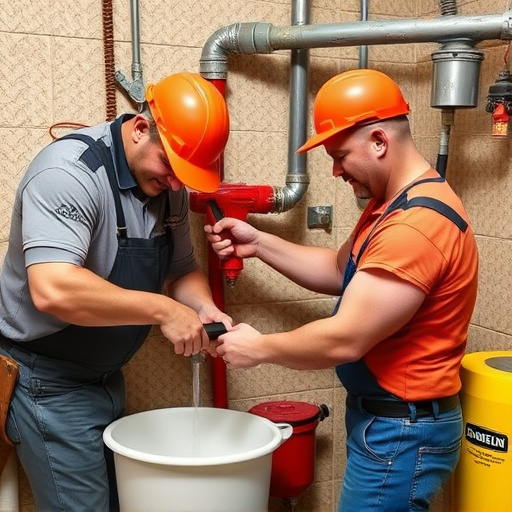
After completing your installation in Wodonga, establishing a routine maintenance schedule is essential for keeping your new space in top condition. Regular cleaning and inspections are key to identifying potential issues early on. Pay close attention to high-traffic areas, checking for any signs of wear or damage, and ensuring all moving parts operate smoothly.
Consider investing in a comprehensive maintenance kit tailored for your specific installation type, which can make these tasks more manageable. Stay proactive by keeping detailed records of maintenance activities, especially if you’re managing multiple properties. This approach will not only extend the lifespan of your Wodonga installation but also contribute to a positive user experience.
When installing Wodonga, understanding the region’s specific requirements and following a structured guide can significantly streamline the process. By addressing common challenges proactively and adopting best maintenance practices post-installation, you ensure your Wodonga setup remains efficient and reliable. Embrace these strategies to unlock the full potential of your Wodonga system and enjoy a seamless, long-lasting experience.
